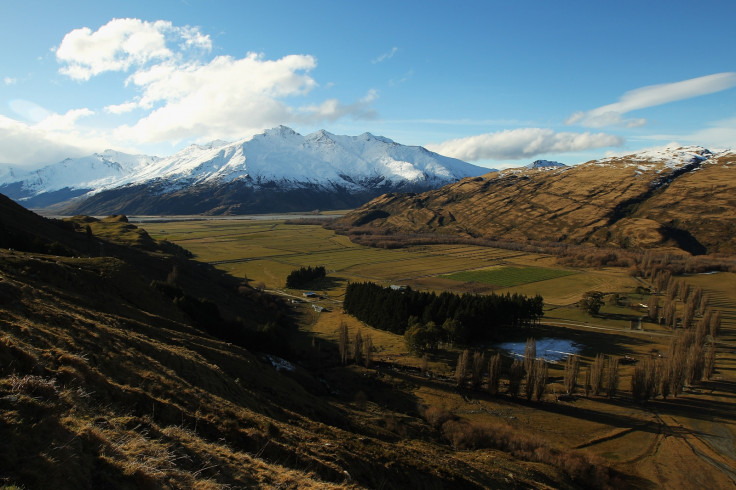Earthquake Machine: Scientists Drill 1.3km Hole into New Zealand's Alpine Fault

An international team of scientists have begun drilling a 1.3km-deep hole into the Alpine Fault in New Zealand, in a pioneering project to better understand the earthquakes it produces.
The geological fault line runs the entire length of the South Island and earthquakes along it and the associated earth movements have formed the Southern Alps.
Around 100 scientists and engineers have started the created the hole, which would allow the installation of monitoring equipment, which can examine temperature, pressure and chemical conditions.
The goal is to analyse rock and fluid materials retrieved from the fault, which the team referred to as "the earthquake machine".
The project is being led by GNS Science, the University of Otago and Victoria University, and involves researchers from Australia, the United States, Britain, China, Germany and Canada. It is expected to take two months to complete.
After intersecting the fault at a depth of around one kilometre, the team will drill another 300m into the Australian tectonic plate. Other projects have drilled into fault lines after big earthquakes but this is the first study of its kind to bore into a fault before it ruptured.
"Similar projects overseas have shown that a huge amount of information can be extracted from samples retrieved from the heart of the fault zone," co-leader Rupert Sutherland, of GNA Science, told the New Zealand Herald.
"For instance, we are fairly sure that presence of clay minerals and water pressure gradients are important factors affecting the fault's mechanical behaviour, and we plan to collect several types of data that will help us look at this in detail."
The Alpine Fault stretches across 650km of land, south of Fiordland and into the spine of the Southern Alps. It is one of the most active plate boundaries in the world.
A large earthquake has the potential to cause 10,000 casualties and kill at least 1,000, according to Sutherland.
Four major ruptures along the Alpine Fault have occurred over the last thousand years, measuring around magnitude eight on the Ritcher scale. The last earthquake occurred in 1717.
The fault has a 28% chance of rupturing in the next half century, a relatively high percentage by global standards.
Project co-leader John Townend, of Victoria University, said the project would lead to better knowledge of earthquakes globally.
"The Alpine Fault appears to save up all its energy for one big showdown every few hundred years," he said. "In between its big ruptures, it seems to stay locked and produce mostly minor earthquakes, but what controls this timing behaviour isn't clear."
© Copyright IBTimes 2025. All rights reserved.






















